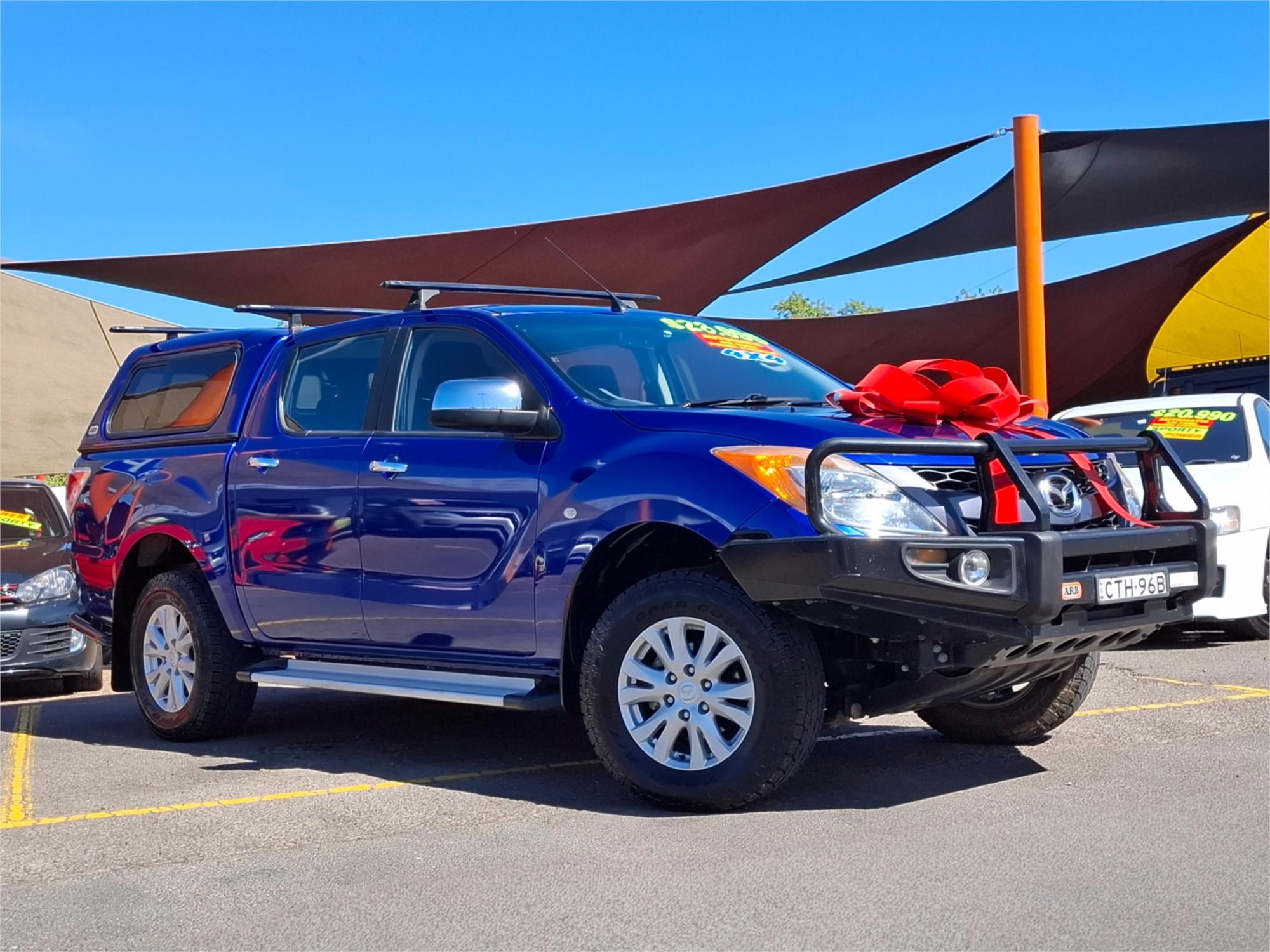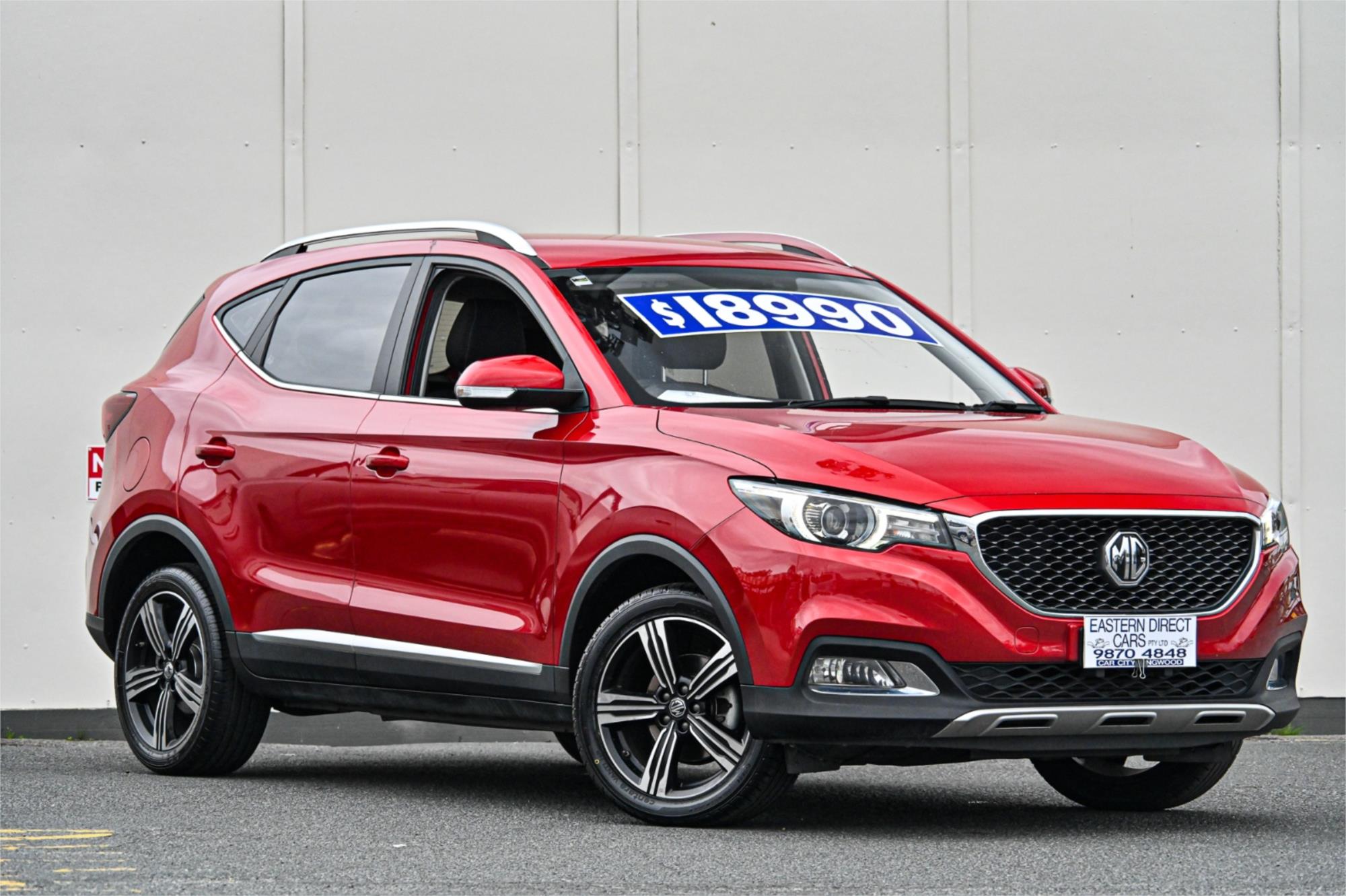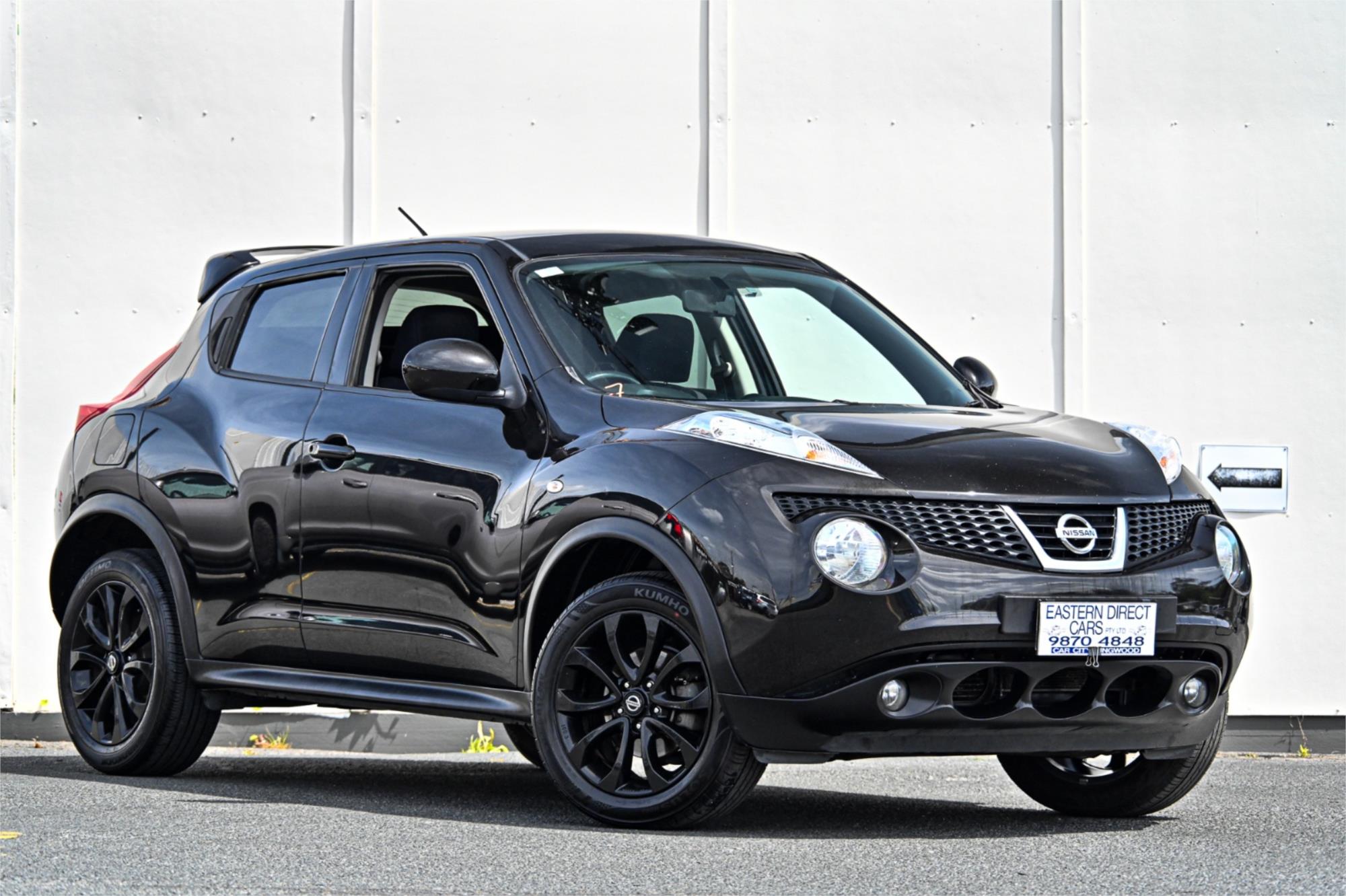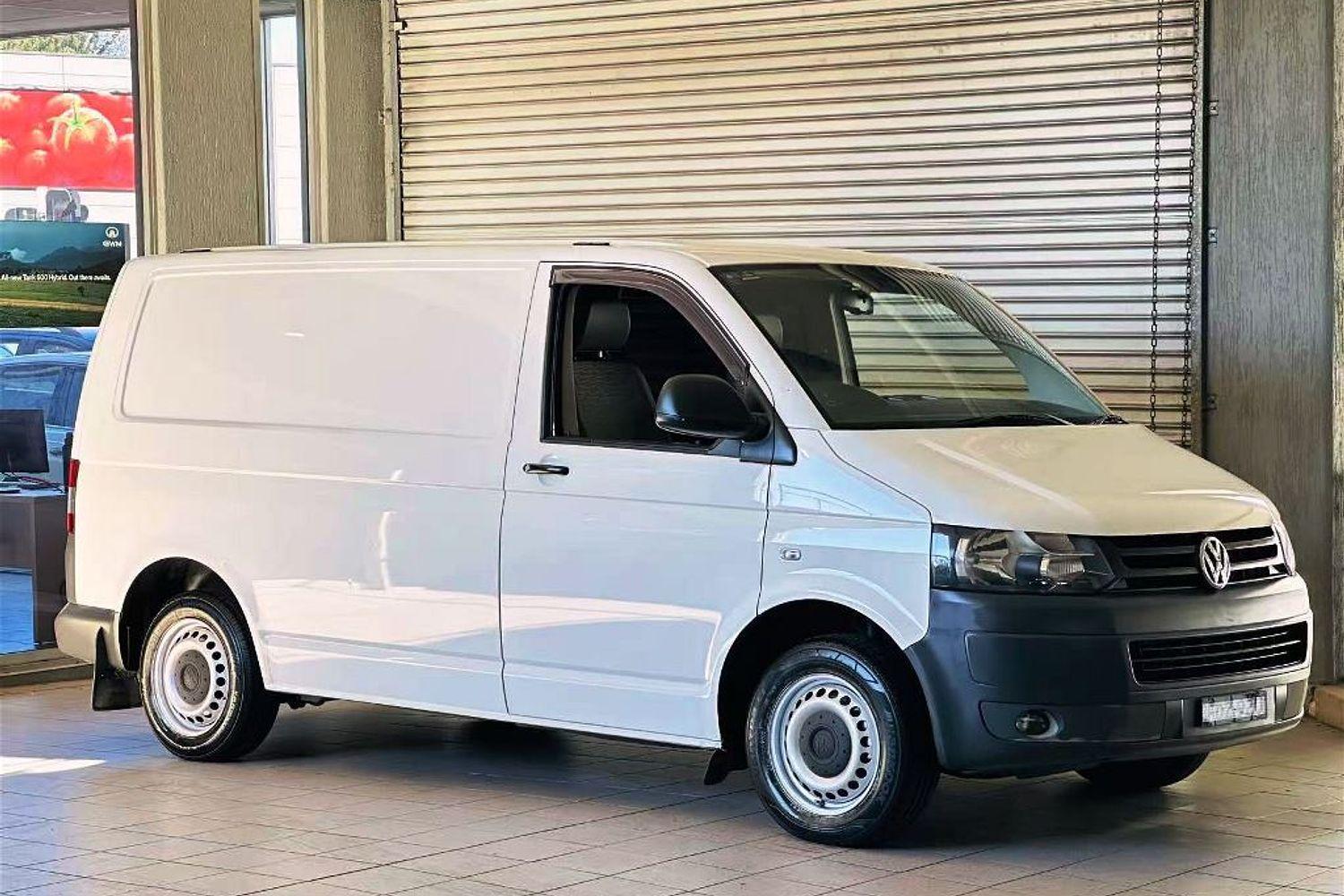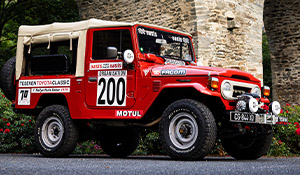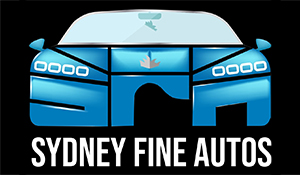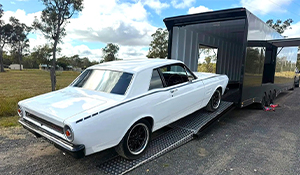FORD RANGER RAPTOR VS HOLDEN COLORADO SPORTSCAT+
Words by Dean Mellor Photos by Manufacturer


What Are We Testing And Why?
The Ford Ranger Raptor and the HSV Colorado SportsCat+ are their respective manufacturers’ hero utes, aimed squarely recreational buyers despite being based on humble utilitarian platforms.
Ford Performance and HSV have gone about modifying the donor vehicles for these hero utes in very different ways, and to some extent that is reflected in the price discrepancy; the Raptor costs $6k more than the SportsCat+ but Ford has made many more modifications to the Ranger on which it’s based than HSV has to the Colorado.
The Ranger Raptor is powered by Ford’s 2.0-litre bi-turbo-diesel engine that produces a claimed 157kW of power and 500Nm of torque, just pipping the SportsCat+ for output bragging rights, with the HSV running Holden’s 2.8-litre Duramax turbo-diesel that makes a still-healthy 147kW and 500Nm.
The Raptor’s engine is mated exclusively to a 10-speed auto while the SportsCat+ is available with a six-speed manual or optional six-speed auto (as tested).
Unlike a run of the mill Ranger, the Raptor scores some pretty trick suspension kit. The independent front suspension has longer travel coils while the rear leaf-springs have been flicked in favour of a live-axle set-up with a Watts linkage and long-travel coil-overs. Damping front and rear is taken care of by Fox Racing internal-bypass shock absorbers with position-sensitive damping.
The Raptor’s wheel track has also been increased compared to a standard Ranger (by 150mm) and, thanks to the suspension upgrades and larger diameter 33-inch (285/70R17) BF Goodrich All-Terrain KO2 tyres, ground clearance is up to 283mm.
By contrast, HSV has retained the Colorado’s basic suspension architecture for the SportsCat+ but has increased the front spring rate to minimise body roll, added front strut braces, revised the damping rates and fitted a rear sway-bar disconnect. HSV also offers Australian-developed SupaShock dampers for the SportsCat+ (for an additional $3600), although these were not fitted to the test vehicle.
Other SportsCat+ upgrades over a standard Colorado include the addition of AP Racing forged four-piston fixed-head calipers, a larger brake master cylinder and 362mm x 32mm front rotors, as well as an increased wheel track (up 30mm) by way of the offset on the 18 x 10-inch forged alloy wheels fitted with 285/60R18 Cooper Zeon LTZ Sports All-Terrain tyres. Overall front ride height is up 25mm on a standard Colorado.
Of course, both vehicles come equipped significant styling upgrades over their lesser utilitarian siblings. The Ranger Raptor has unique front-end styling, a steel front bash plate, revised fenders, wheel-arch extensions, heavy-duty side steps, rated front and rear recovery points and a standard towbar, while the SportsCat+ has bonnet bulge unique front-end styling, front recovery hooks, wheel-arch extensions and a hard tonneau cover (sports lid).


What equipment do they get?
Both the Raptor and the SportsCat+ have special interior treatments. The Raptor’s heated sports seats have unique head rests, enhanced bolsters and suede inserts, the steering wheel is equipped with big magnesium paddle shifters, and the instrument binnacle has analogue speedo and tacho with a central 4.2-inch multi-function display. The SportsCat+ has heated sports seats with leather and suede finish, and contrast stitching, as well as suede on the dash and door trims and leather on the centre console lid and steering wheel. Other than that, it’s all pretty standard Colorado interior fare.
Standard equipment on the Raptor includes 8-way power adjustment for the driver’s seat, a 230V power outlet, cooled centre console, dual-zone climate control, power tailgate lock, smart keyless entry/start, 8-inch colour touchscreen, 4.2-inch colour multi-function display, satnav and Apple CarPlay/Android Auto.
Standard equipment on the SportsCat+ includes 6-way power adjustment for the driver’s seat, climate control, soft-drop tailgate, keyless entry/start, 8-inch colour touchscreen, multi-function display, satnav and Apple CarPlay/Android Auto.
Rear-seat occupants are better catered for in the Raptor thanks to more leg room, although it should be noted that there are no rear air conditioning vents in either vehicle.


What Are They Like To Drive?
Driving these two hero utes back-to-back immediately highlights the different priorities their respective engineers had when it came to modifying the vehicles on which they’re based. HSV’s suspension upgrades have been designed to mainly improve on-road handling and dynamics, while Ford’s suspension upgrades are aimed more at improving the Ranger’s off-road performance.
Ford has tuned the Raptor’s suspension for compliance over rough surfaces and the trick internal-bypass position-sensitive Fox Racing shocks do an amazing job of soaking up big bumps and other surface irregularities. The trade-off is reduced payload compared with a leaf-spring Ranger, but there’s no doubt the long-travel coils and clever dampers result in a ride quality unequalled by any other ute on the Aussie market.
The Raptor also feels very refined on the road, with excellent mechanical-, wind- and road-noise suppression, despite the fitment of quite aggressive BF Goodrich All-Terrain LT (Light Truck) tyres. The SportsCat+ feels and sounds raucous by comparison, with significantly more mechanical noise, especially under hard acceleration, and surprisingly more road noise, despite the Cooper Zeon tyres having a more road-oriented tread pattern, and P (Passenger) rather than LT construction.
And while the Raptor feels compliant on the road (albeit very controlled), the SportsCat+ feels very firm, with responsive steering and well controlled body roll when cornering at speed, just as you’d expect of a vehicle wearing the HSV badge. But that firm suspension can be harsh over smaller bumps and the wide 285/60R18 tyres can cause noticeable kick-back through the steering wheel.


The rougher roads get, however, and the more speeds increase, the better the SportsCat+ feels. On very rough roads and on gravel it handles big hits well, and there’s little need to slow down to tackle sharp-edged cattle grids and the like, as the firm front-end never feels as though it will bottom out. The Raptor is likewise superb in this regard, showing the mods made to both vehicles fulfil their intended functions.
As for performance, there’s not much in it between these two utes. Sure, the Raptor has slightly more peak power, and its auto transmission gives it four more ratios to play with, but the lighter SportsCat+ almost keeps it honest under acceleration. The auto transmissions in both vehicles work well, swapping cogs smoothly on most occasions and eagerly downshifting on descents to help keep speed in check.
The effectiveness of the upgraded AP Racing brakes on the SportsCat+ cannot be overstated: they offer excellent feel and impressive stopping performance. There’s nothing wrong with the brakes on the Raptor, but the SportsCat+ takes braking to an all-new level.
When it comes to touring range, the Raptor has the edge, with marginally better claimed fuel economy (8.2L/100km) and an 80-litre fuel tank, as opposed to the SportsCat’s (8.7L/100km) 76-litre fuel tank. In the real world you can expect both of these utes to use significantly more fuel than their ADR claimed figures, and you’d be lucky to get 800km touring range out of either.
What Are They Like Off Road?
When it comes to difficult off-road terrain, the Ranger Raptor is more effective than the SportsCat+, thanks largely to better wheel travel, a more effective traction control system and the inclusion of a standard rear diff lock. The Raptor also has more ground clearance, greater wading depth and significantly better low-range reduction, with an overall crawl ratio of 47.6:1 in low-range first as opposed to 36.4:1 for the SportsCat+.
The SportsCat+ isn’t bad off-road, but on undulating climbs its limited wheel travel can result in a loss of grip that the electronic traction control system simply cannot overcome. As a result, you have to carefully pick your line on rough steep climbs that the Raptor will simply walk up without fuss.
Although both vehicles run a basic part-time 4x4 system, the Raptor’s Terrain Management system offers six modes to suit different on- and off-road conditions, and these alter parameters such as throttle response and transmission control to suit conditions. The off-road modes include ‘Mud/Sand’ and ‘Rock Crawl’, while the other modes are ‘Normal’, ‘Sport’, ‘Weather’ and ‘Baja’, the latter said to be aimed at high-speed desert driving.
If you do get stuck in the Raptor, it’s reassuring to know there are decent rated recovery points front and rear. The SportsCat+ has recovery points up front, but the shape of the front bumper means that not all shackles will fit them, so be sure to check this out before heading off-road.


What Safety Features Do They Get?
Based on their respective donor utes, both the Raptor and the SportsCat+ have been awarded a five-star ANCAP rating.
Standard safety equipment on the Ranger Raptor includes six airbags, ABS, stability control, hill descent control, hill launch assist, trailer sway control, rollover mitigation, lane keeping aid with lane departure warning, rear parking sensors, reversing camera, traffic sign recognition and two child-seat anchors. The Raptor misses out on some safety features that are standard on the Ranger Wildtrak (and optional on XLT), including Inter-Urban Autonomous Emergency Braking (AEB) with Vehicle Detection and Pedestrian Detection and Adaptive Cruise Control with Forward Collision Alert, but these will become available on Raptor some time in 2019.
The SportsCat+ safety package includes seven airbags, ABS, stability control, hill descent control, hill start assist, trailer sway control, rollover mitigation, forward collision alert, lane departure warning, front and rear park assist, tyre pressure monitor, rain sensing wipers, rear-view camera, two ISOFIX points and three child-seat anchors.


Which one wins and why?
Regardless of which vehicle is better, diehard Ford and Holden fans looking at buying one of these hero utes are likely to base their purchase decision solely on whether they fly the blue or red flag. And either way, they’ll end up with a great vehicle parked in their driveway.
Those after a sporty workhorse without a compromised payload or towing capacity should look closely at the SportsCat+, but for those who just want a sports ute that’s refined and supremely capable both on the road and off it, the Raptor is undoubtedly the better vehicle.
2018 Ford Performance Ranger Raptor
Pricing $74,990 Warranty five-years, unlimited kilometres Service 12 months/15,000km Safety Five star ANCAP (2015) Engine 2.0-litre four-cylinder bi-turbo-diesel Power 157kW at 3750rpm Torque 500Nm at 1750-2000rpm Transmission 10-speed automatic Drive part-time four-wheel drive Kerb weight 2332kg GVM 3090kg Payload 758kg GCM 5350kg Towing capacity 750/2500kg Dimensions 5398mm (L); 2028mm (W); 1873mm (H) Track 1710/1710mm Turning Circle 12.9m Ground Clearance 283mm Approach 32.5° Rampover 24° Departure 24° Wading depth 850mm Spare Full size Fuel Tank 80L Thirst 8.2L/100km (combined)

2018 HSV Colorado Sportscat+
Pricing $68,990 (auto) Warranty five-years, unlimited kilometres Service 9 months/12,000km Safety Five star ANCAP (2016) Engine 2.8-litre four-cylinder turbo-diesel Power 147kW at 3500rpm Torque 500Nm at 2000rpm Transmission six-speed automatic Drive part-time four-wheel drive Kerb weight 2274kg GVM 3140kg Payload 876kg GCM 6300kg Towing capacity 750/3500kg Dimensions 5345mm (L); 1933mm (W); 1826mm (H) Track 1600/1600mm Turning Circle 13.6m Ground Clearance 251mm Approach 32° Rampover 27° Departure 24° Wading depth 600mm Spare Full size Fuel Tank 76L Thirst 8.7L/100km (combined)



